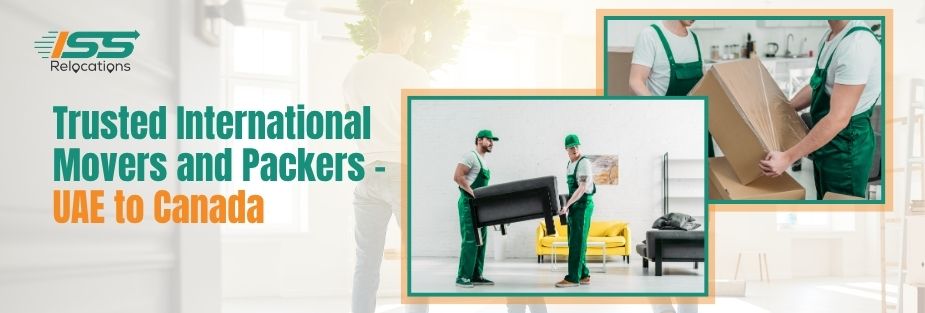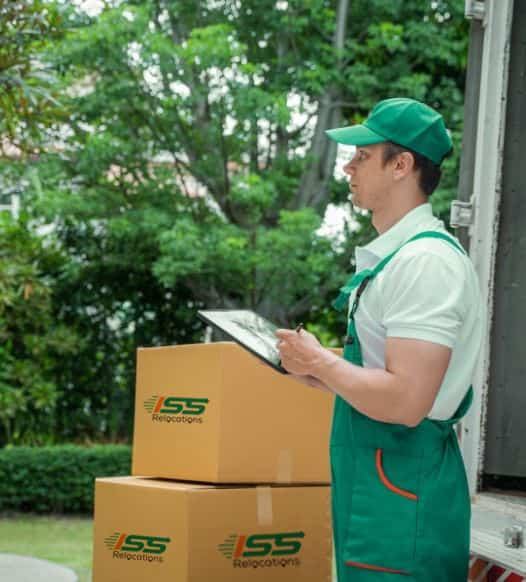
Special Handling: Tips on Moving Art, Wine, and Pianos
Relocating is especially difficult when you have to move precious and delicate items.
Many factors can affect the cost of a move, such as location, distance and size of the shipment. But some costs are less predictable, such as those incurred for items that require special handling. This might include things like pets, vehicles or delicate household items like art collections and pianos.
The Safest and Most Stylish Way to Transport Artwork When Moving
Art is more than just a decoration for your home; it’s an investment. Not only can art be sold for a high monetary value, but the emotional value of a painting makes it worth even more to the collector. Artworks, sculptures, and other items are delicate, and even the things that are intended to safeguard them—such as the frame or glass—might harm them during relocation.
To avoid damaging items of value or with extensive history, it is best to seek the assistance of an expert during transportation. Art couriers are art handlers that delicately move works of art from one place to another, and they often have experience working for museums and galleries. They know how to properly transport, ship, and handle fine art and sculptures without damage.
The cost to ship a painting will differ based on the size of the artwork and how far it needs to travel. Local shipments may be as cheap as $100 while sending paintings overseas could easily exceed $1,000.
Tips for Moving A Wine Collection
Understanding the value of your wine collection is key before any move, large or small. If you have a larger collection, it might be worth hiring a wine appraiser pre-move. Another important step is taking pictures of each bottle; this will make it much easier to keep track of everything during the moving process.
The most important thing to remember when packing wine is preventing the glass bottles from shattering. You can use wine boxes, which are made of Styrofoam or corrugated cardboard and can be purchased from most wine dealers.
Consistent temperature is key when transporting wine because both heat and cold can damage it. If you’re moving only a few bottles, they can come with you in your vehicle where the temperature stays constant. But if you have a large collection, you might need to rent a climate-controlled truck or van.
It is vital to understand that your average moving company likely lacks the expertise to move a wine collection. In general, it is illegal for interstate movers to transport “hazardous materials” such as alcohol on a commercial moving truck.
The Pipeline and Hazardous Materials Administration (PHMSA) is the only government organization that can approve alcohol shipments. If you’re planning on moving your wine collection, make sure to let the hired movers know in advance so they can be prepared for the consultation with PHMSA.
Trying to take your wine collection with you when travelling or moving internationally can be difficult. Research the customs regulations specific to wine before speaking with the office. Most of the time, importing Wine into a new country will result in having to pay import duty taxes.
Some companies will consult on or manage the entire process of moving wine, as this is a specialized service.
Relocating a Piano: Tips and Tricks
Anyone who has ever tried to move a piano knows it is not an easy feat. Pianos are large and heavy, which makes them difficult to transport. Along with the required expertise, it takes quite a bit of strength to ship a piano – most weigh between 500-900 pounds, while grand pianos may even weigh up to 1,300 pounds or more.
Before being transported, a piano will be carefully cushioned and attached to a skid board. The skid board will be secured to a platform with the piano so it does not move during transport. After the piano is bolted down, crate sides will be built around it, securing it in place. Firm packing material will fill any voids to prevent shifting when carried. The crate will then be packed up and labelled before loading onto a truck for shipment via air or sea freight.
Pianos with ivory key tops may have issues being transported across borders because of the worldwide ban on ivory production and trade. Many governments will only allow the piano to transit through their borders if the ivory is removed from it.
If the piano is more than 100 years old, depending on country requirements, the owner might be able to get it through with the U.S. Fish and Wildlife Service or a similar agency in said county .proper documentation Gather all necessary documents well before your projected deadline; for large shipments such as pianos, allow at least three months.
If the piano is less than 100 years old, its keys are likely to be plastic-coated for protection during shipment. To avoid any ruined piano keys, have them removed by a professional before moving as customs agents in the past damaged ivory when removing it themselves.
If you’re wanting to learn more about how to properly handle a relocation, be sure to check out our recent articles discussing topics like relocating with a pet and moving large items such as vehicles, boats, and RVs. You can also get in touch with companies like Arpin International Group, Acme Car Shipping, Moving Storage Co., or any of the other firms exhibiting at GWS.
Plan Stress-free Move with Top Moving Company in UAE - ISS Relocations

Moving Company - Recent Blog
Stay informed and prepared for your next move with our latest blogs on moving services in the UAE. From expert packing tips to international relocation guides, ISS Relocations brings you up-to-date insights to make your moving experience smoother, safer, and stress-free.










